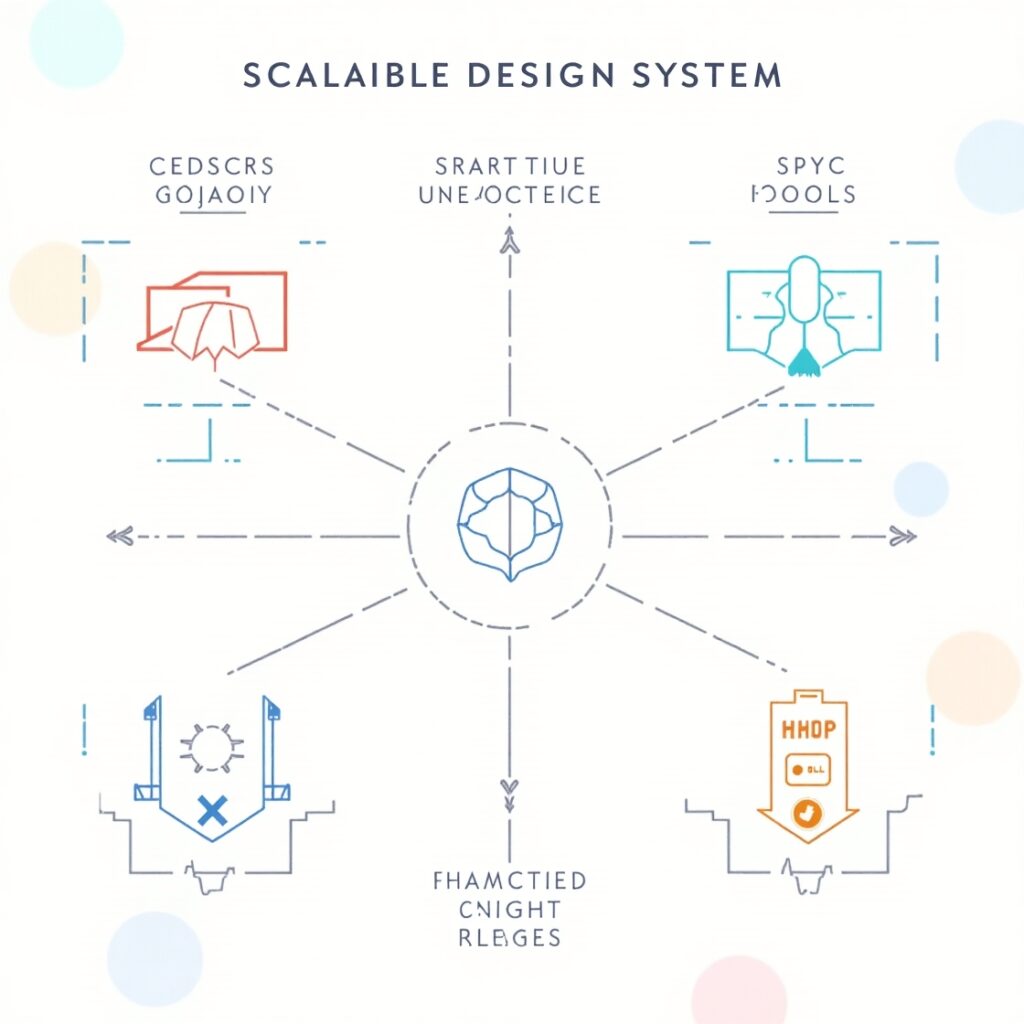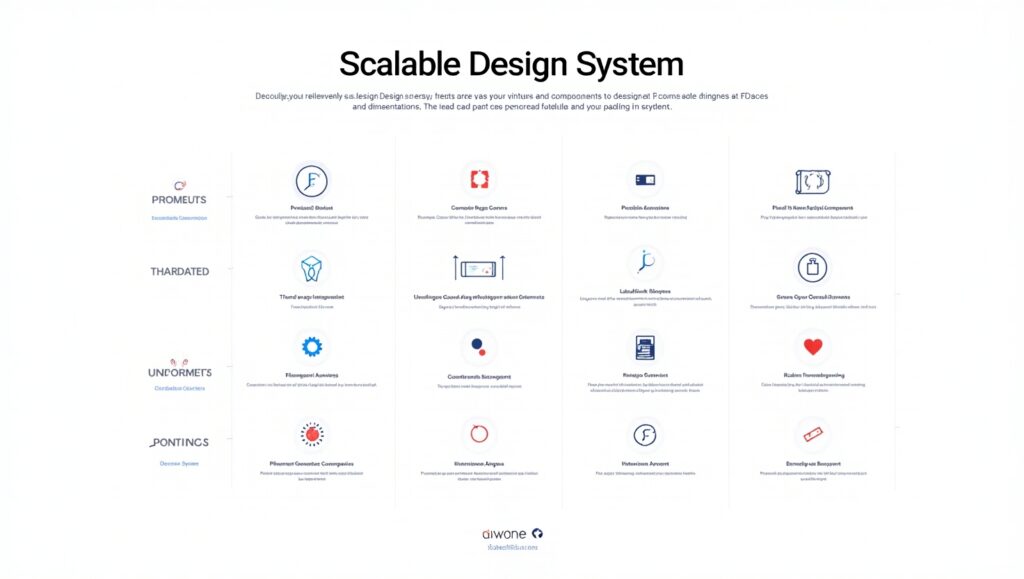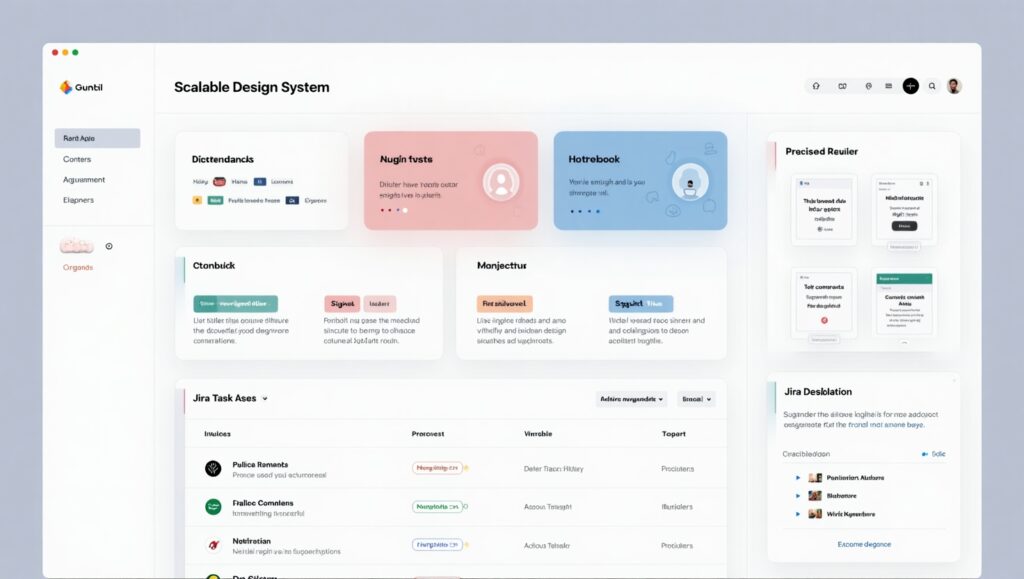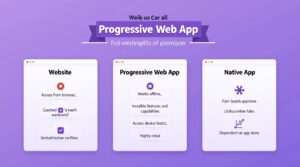click to get service View profile
As enterprise products grow in scale and complexity, maintaining design consistency across teams, platforms, and geographies becomes increasingly challenging. Designers often face situations where UI components are duplicated, inconsistent styles emerge across apps, and valuable time is lost rebuilding the same patterns. These inefficiencies not only slow down product development but also create fragmented user experiences.
A scalable design system addresses these challenges by providing a structured, reusable, and centralized source of truth for your design language. It’s not just a collection of components—it’s a well-documented framework that fosters collaboration between designers, developers, and stakeholders.
But building a design system for an enterprise environment isn’t just about aesthetics or UI kits. It requires strategic planning, technical alignment, governance models, and most importantly—scalability. You need a system that can evolve with your organization, accommodate multiple teams, support various use cases, and stay resilient over time.
In this guide, we’ll walk through the process of building a design system that scales—from defining its purpose and structure to managing adoption and maintenance across the enterprise. Whether you’re just starting or improving an existing system, you’ll learn practical steps and best practices for creating a design foundation that empowers both creativity and consistency.
Step 1: Understand Scalable Design System Fundamentals
First, you need to grasp the core principles of a Scalable Design System. Think of it as a single source of truth for design and development, encompassing components, patterns, and guidelines. Moreover, it ensures consistency across platforms and teams. For example, companies like Airbnb and IBM use scalable systems to maintain brand integrity. Start by auditing your current design assets. Then, identify gaps and redundancies. Finally, document your findings to create a solid foundation. Actionable takeaway: Conduct a thorough audit of existing design elements to identify improvement opportunities.

Step 2: Define Your Design Tokens and Components
Next, focus on creating reusable design tokens and components. Design tokens are the building blocks—colors, typography, spacing, and more. Additionally, components like buttons and cards should be modular and adaptable. For instance, Google’s Material Design uses tokens to ensure scalability. Use tools like Figma or Storybook to document these elements. Moreover, establish naming conventions to avoid confusion. Actionable takeaway: Start by defining a set of design tokens and documenting them in a shared library.

Step 3: Establish Governance and Contribution Guidelines
A Scalable Design System requires clear governance to stay effective. First, assign roles like maintainers and contributors to ensure accountability. Additionally, create contribution guidelines to standardize updates. For example, Salesforce’s Lightning Design System has strict governance rules. Use a version control system like GitHub to manage changes. Moreover, schedule regular reviews to keep the system up-to-date. Actionable takeaway: Draft a governance model and contribution guidelines to maintain system integrity.

Step 4: Implement Scalable Design System Tools and Workflows
To scale efficiently, leverage the right tools and workflows. First, adopt design tools like Figma or Sketch for collaboration. Additionally, use development tools like Storybook for component libraries. For example, Shopify’s Polaris system integrates seamlessly with their workflow. Automate testing to catch inconsistencies early. Moreover, integrate with project management tools like Jira. Actionable takeaway: Choose tools that align with your team’s workflow and automate repetitive tasks.

Step 5: Test and Iterate Your Scalable Design System
Testing is critical to ensure your Scalable Design System works in real-world scenarios. First, conduct usability tests with real users to identify pain points. Additionally, gather feedback from designers and developers. For example, Adobe’s Spectrum system evolves through continuous testing. Use A/B testing to compare different approaches. Moreover, iterate based on data-driven insights. Actionable takeaway: Schedule regular testing sessions and use feedback to refine your system.

Step 6: Scale Your Design System Across Teams
Once validated, scale your system across teams and projects. First, onboard new teams with training sessions and documentation. Additionally, create case studies to showcase successes. For example, IBM’s Carbon Design System scales globally. Use collaboration platforms like Slack for support. Moreover, celebrate wins to encourage adoption. Actionable takeaway: Develop an onboarding plan to help teams adopt the system seamlessly.

Step 7: Maintain and Evolve Your Scalable Design System
Finally, a Scalable Design System requires ongoing maintenance. First, schedule regular updates to keep components current. Additionally, monitor industry trends to stay ahead. For example, Microsoft’s Fluent Design evolves with new technologies. Collect feedback loops to identify improvement areas. Moreover, adapt to changing business needs. Actionable takeaway: Set up a maintenance schedule and stay open to evolution.

Conclusion
Design systems have become an essential part of enterprise product design—and for good reason. A well-crafted, scalable design system acts as a design-operating backbone, streamlining workflows, improving collaboration, reducing design debt, and delivering unified user experiences at scale.
However, the true success of a design system doesn’t lie in how beautiful your components look, but in how efficiently it can support growing teams, multiple platforms, and dynamic business needs. Scalability isn’t just about adding more components; it’s about building a resilient structure that’s easy to extend, adopt, and evolve over time.
Start small—define the foundations, establish core patterns, and collaborate closely with developers and stakeholders. Over time, iterate and scale with feedback, usage data, and product evolution. Think of your design system as a living product, not a one-time project.
In the end, the value of a scalable design system lies in its ability to help your teams move faster with confidence, design with consistency, and innovate without chaos. If done right, it becomes a long-term asset—saving countless hours, reducing rework, and enhancing every user’s interaction with your product.

